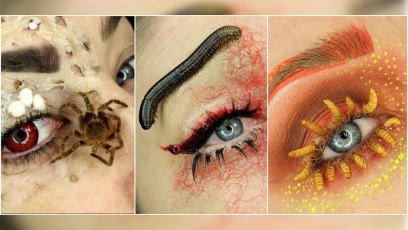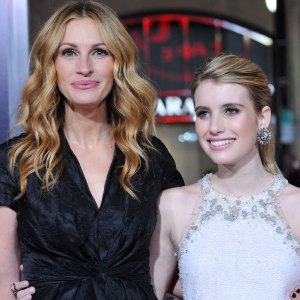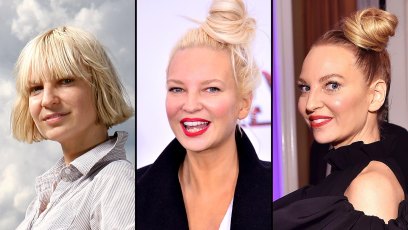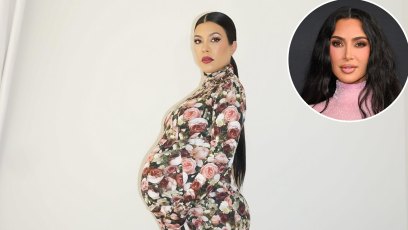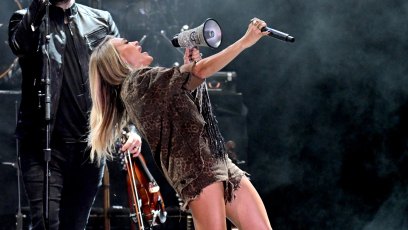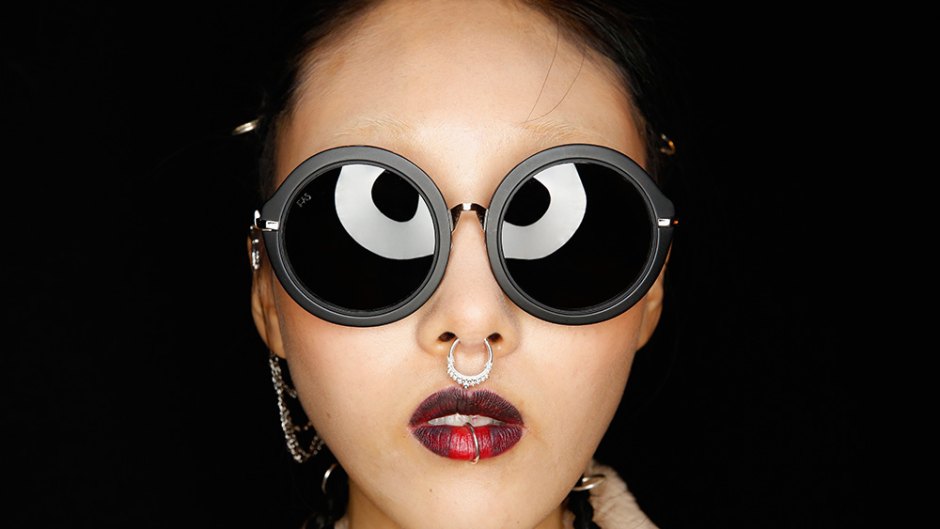
Getty Images
Chances Are There Are Crushed Bugs in Your Red Lipstick, But Don’t Panic!
Apparently, some of your favorite red lipsticks are made from bugs. Yes, the cochineal ingredient you see listed on makeup products actually comes from dead insects. But don’t freak out. While it does sound gross — the process is actually pretty fascinating.
It was once rumored that Cleopatra used cochineal to make her lipstick, but that is not true. The natural dye was unknown outside of South America until the 1500s — where it has since been used as food coloring and for fabrics, along as providing the rosy colors found in lipsticks and blushes. This ingredient has been used for hundreds of years, but people are still surprised when they find out bugs are used in makeup.
every time people on makeup yt are like ‘oh this product isn’t vegan because it has carmine which is made out of bugs’ i’m like. no offense but what is your goal here
— jango fett gay gene (@fenharel) January 8, 2018
I hope she knows that makeup is made of bugs blood, my science teacher told me so
— Levi Yoder (@LeviYoder7) December 27, 2017
https://twitter.com/m3ricano/status/882142629844008960
“PSA: if you use makeup that contains carmine you are putting ground up cochineal insects on your face xoxo,” one Twitter user wrote before another added, “Circumcised foreskin, aborted fetus cells, Pig collagen, cochineal beetle, ALL THIS wicked f–kery is in makeup.” A third chimed in, “It is 2018 and beauty brands are STILL testing on animals and putting ingredients like beeswax, carmine (crushed cochineal beetles), lanolin (sheep wool fat), and animal fur (for makeup brushes & eyelashes) into makeup/skincare. seems more like the stone age than 2018.” See what we mean?
So, what exactly is cochineal?
The natural dye used for red/pink food and makeup products is found in the scales of the female cochineal insect, native to Mexico. The carmic acid, which produces the red dye found in the bugs, evolved to protect the insect from ants before it was extracted and used by humans. However, there are no actual bugs in the product, just the liquid.
According to PETA, more than 70,000 of these bugs are killed to produce one pound of red coloring. Since people naturally freaked out after discovering that there were beetles in their makeup and food — Starbucks stopped using the ingredient in their Strawberries and Creme Frappuccino — it may also be listed as “crimson lake,” “carmine,” or “CI 75470” on the label. The more you know.
Is cochineal dangerous?
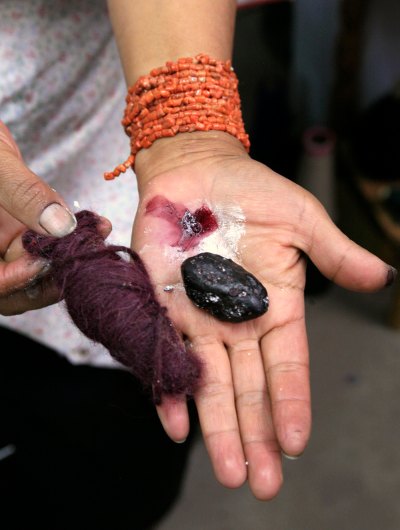
While the dye is obviously not vegan, it is pretty safe. Unless you have an allergy to the bug, you are good to go. In 2009, the FDA required manufacturers to list the item — previously it was just referred to as “natural coloring” — due to a few adverse effects. So, if you want a cruelty-free product, just make sure you are reading the ingredients closely.
What products still contain cochineal?
Currently, if you are a fan of Burt’s Bees, specifically the brand’s lip shimmer, Physician’s Formula, or Jane Iredale, chances are you smear bug juice on your face. However, there are many vegan beauty products on the market, so sleep easy.






